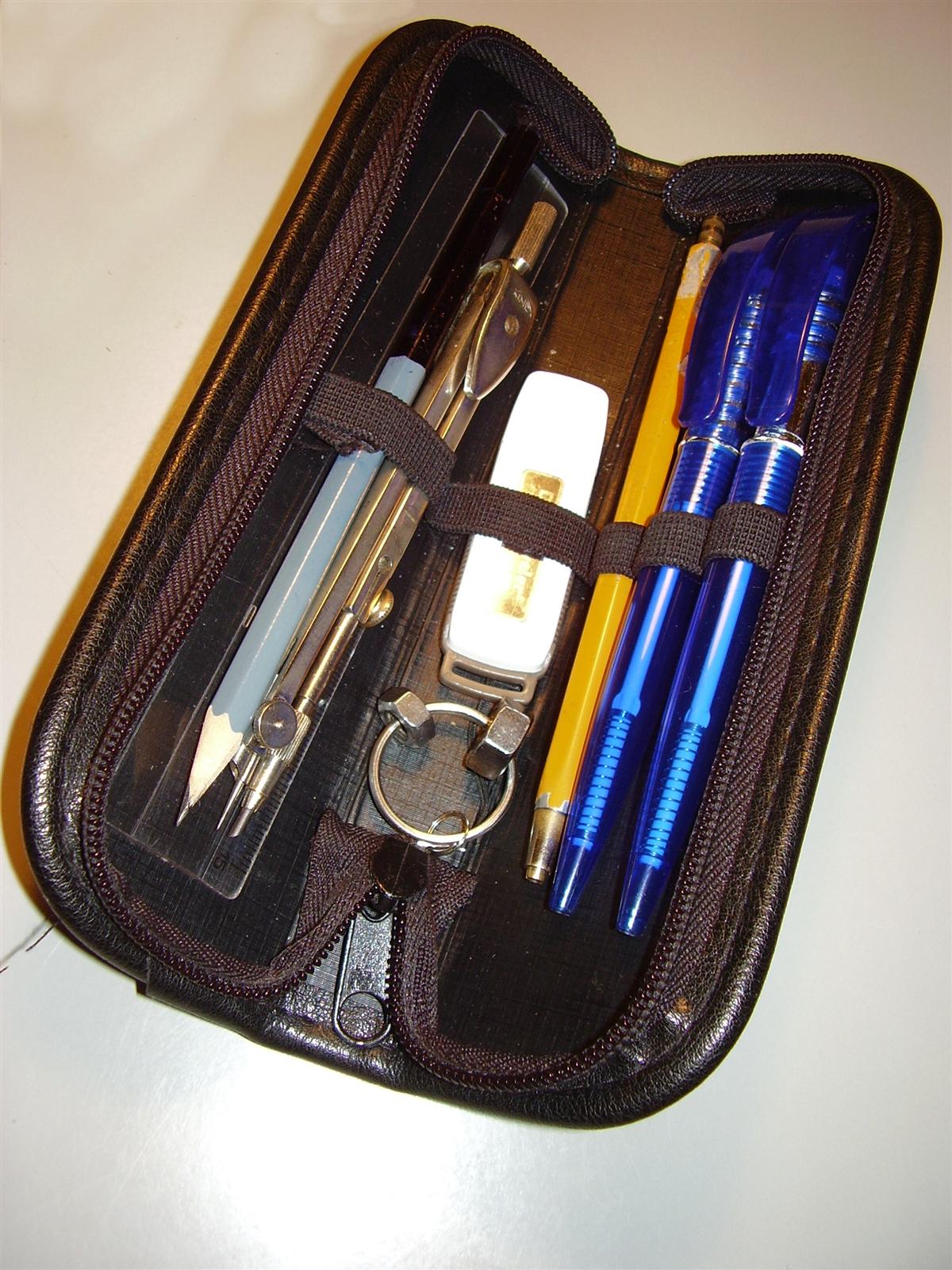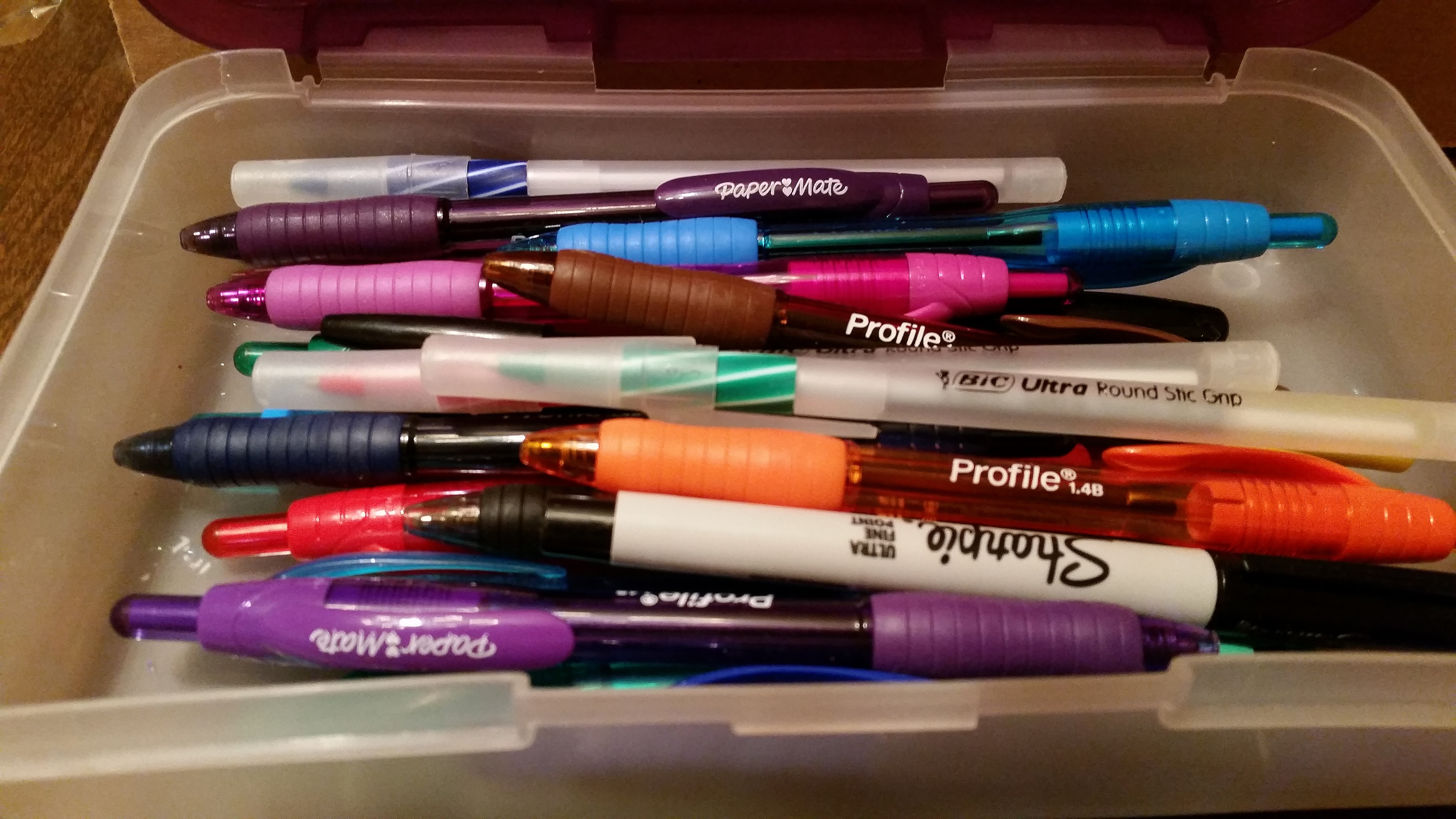The tagline to Donald Maas’ The Fire in Fiction is “passion, purpose, and techniques TO MAKE YOUR NOVEL GREAT.”
The book covers everything from characterization, the story world, scenes, dialogue, and voice. Each chapter has a set of practical tools dealing with each section from that chapter. As an example, I’ll talk about Chapter Three, Scenes That Can’t Be Cut.
Generally, when writing, then self-editing, you go back and determine whether or not any given scene moves the story along and how important it is. I can’t remember how many scenes I actually cut from “Meghan’s Choice.” I learned a lot about how to decide whether a scene was important enough to keep. This book was recommended to me during that time. I’ve read parts of it as I continue to learn my craft.
The first Maas does in this chapter is to define what a turning point is. “What change takes place? When does that change occur (at what precise second in the scene)? In that moment, how is the point-of-view character changed?” From there, he continues to discuss inner and outer turning points. (pg. 56)
Turning then to dialogue, Maas says, “A common downfall of many scenes is dialogue. The characters talk, talk, talk, but scenes spin in circles and don’t travel much of anywhere…Dialogue not only needs to do its own work, it also can bring clarity to middle scenes that would otherwise be muddy and inactive. Dialogue is strong (or can be). The process of stripping it down and finding the tension in it can be revealing. It can help define the purpose of a scene.”
First and last lines of scenes are also important. Here’s what Maas says about them. “First and last lines need not be fancy. Even a utilitarian line can work well if it yanks us straight into, or amplifies, a scene’s main action.”
Another section he called “The Tornado Effect.” I loved this because I put a tornado in the middle of my novel. “Novels need events. Things need to happen: little things, big things. Especially big things. Big events shake protagonists, change the course of lives, and stay in readers’ memories.”
At the end of the chapter are the Practical Tools. For this chapter, the tool section is divided up into several parts: 1) Outer & Inner Turning Points, 2) Down Dialogue, 3) Goal & Setting Back, 4) Scenes That Can’t Be Cut, and 5) The Tornado Effect.
Here’s the tools list for Setting Goal & Setting Back
“Step 1: Write down what it is in this scene that your protagonist or point-of-view character wants.
Step 2: Create three hints in this scene that your protagonist or point-of-view character will get what he wants. Also, build three reasons to believe that he won’t get what he wants.
Step 3: Write the passages that express the results of Steps 1 and 2. In rewriting the scene in the next exercise, incorporate those passages. Eliminate as much else as possible.
Discussion: Just as stripping down dialogue helps punch up a scene, reducing a scene to a few strong steps toward or away from a goal also lends force and shape. Many authors wander through scene drafts, groping for the point. You can do it differently. instead, start with the point and enhance from there.” Pg.78-79
So, fire up your fiction. Make your novel crisp and strong.
If you’re a novelist, what are your strengths? Do you know them? How about your weakness? Do you know that? My strengths were told me by my mentors. They are, and I call them CRST: 1) characterization, 2) research, 3) storytelling, 4) teachability (in other words, I’m easy to teach because I’m hungry to learn). My weaknesses (things I have to watch for) are: 1) on-the-nose writing (too much extraneous detail), 2) repetitive use of the same word or phrase, 3) POV head-hopping, and 4) telling vs. showing.
If you like this post, leave a comment and let me know.






No Comments